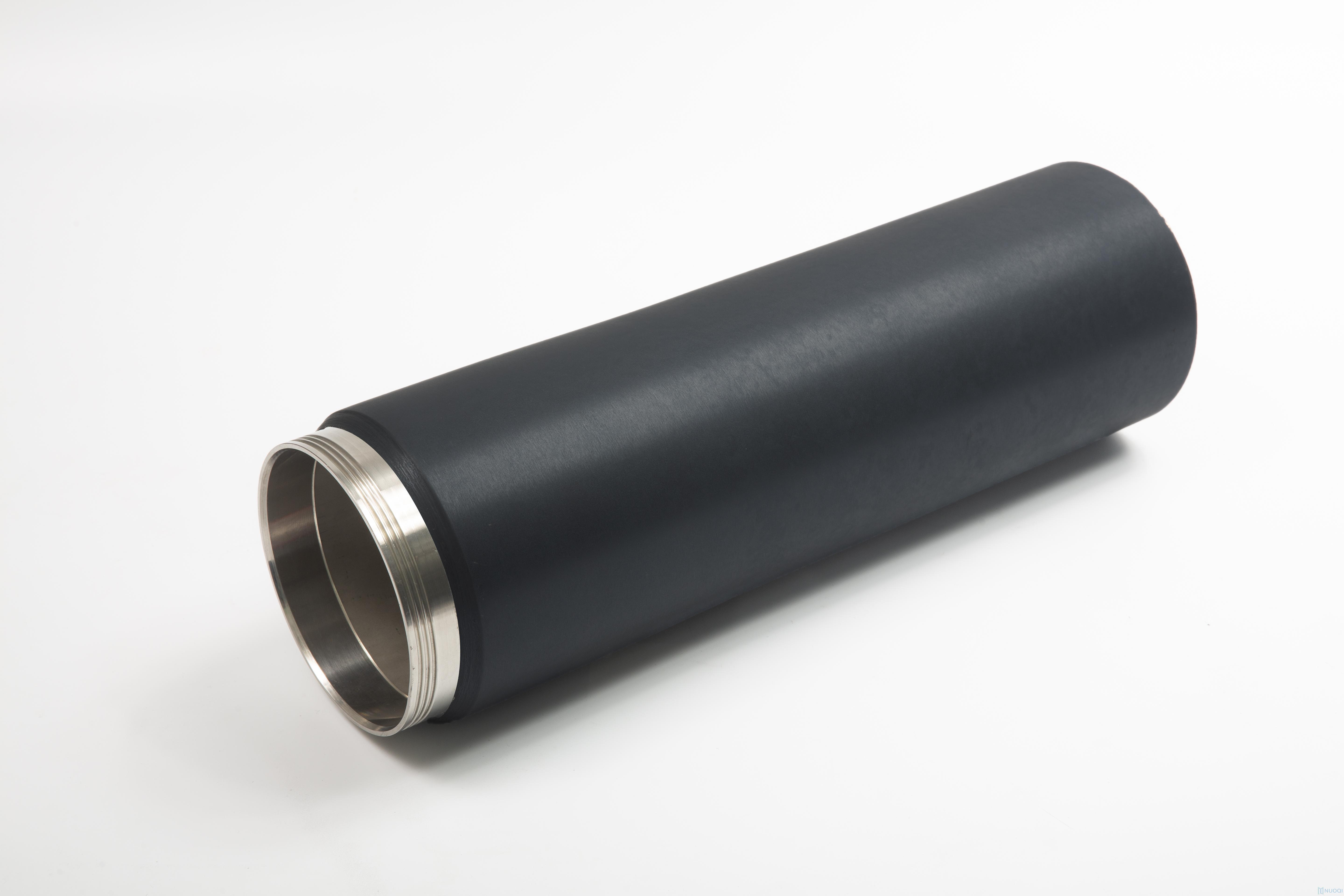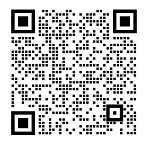Rotary Targets
Rotary sputtering target technology has been widely used in thin film deposition, especially for large area coating, such as architectural glass and flat panel displays coating manufacturing. The standard manufacturing methods are plasma spraying onto the base tubes, casting, and extrusion of the complete assembly.
Rotary Target Advantages
· Comparing with planar sputtering target , the rotary sputter target contains more material and offers a greater utilization, which means longer production runs and reduced downtime of the system, increases the throughput of the coating equipment. Besides, rotatable targets allow the use of higher power densities due to the heat build-up being spread evenly over the surface area of the target. As a consequence, an increased deposition speed can be seen along with improved performance during reactive sputtering
· Compared to planar targets, rotary targets generally have more surface area per given length.
· Rotary targets have much more surface area, so the magnetron power can be spread out over a larger area in a given amount of time. This helps keep the target running cooler, decreases nodule formation, and reduces the occurrence of arcing.
1. Since rotary sputtering decreases nodule formation, targets can have longer continuous runtimes.
2. There is generally more material available to sputter on a rotary target, which increases runtimes.
3. Rotary target utilization is usually ~80%, as opposed to ~30% for planar targets – which decreases scrap and increases runtimes.
· Rotary targets are well suited for continuous sputtering processes. Continuous processing increases throughput since there is less time wasted preparing the sputtering chamber.
· Rotary targets are more cost effective for high volume processes. They provide a good platform for long runtime processes, with less chance of defects and downtime.
· Planar targets are still best suited for prototype work or elemental experimentation, especially when large amounts of material are not needed at once.


Scan and pay attention to the public number